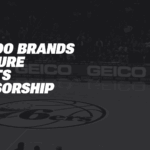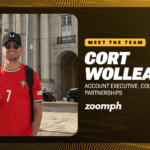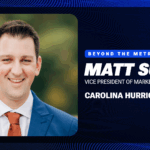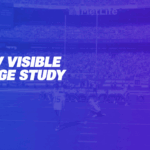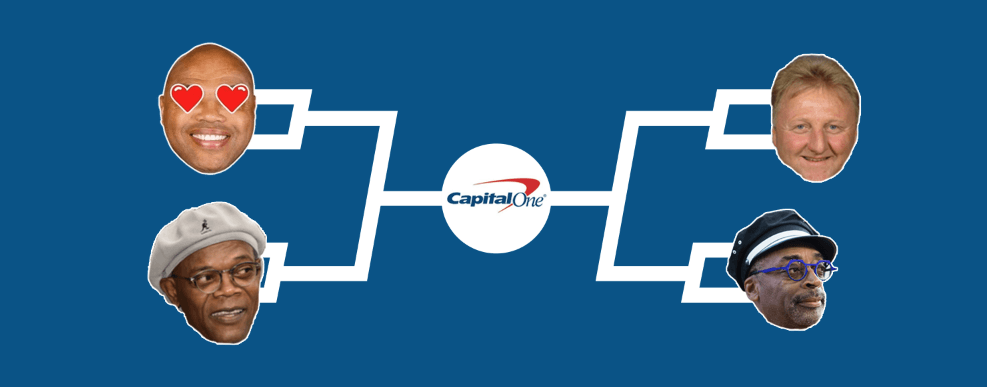
21 Mar Capital One’s March Madness Campaign Wins On Social
It’s that time of year again! March Madness is back and the bracket frenzy has already begun. With brackets opening on March 17th, we tracked the conversation around the NCAA March Madness official Bracket Challenge starting at the beginning of that weekend. This year’s bracket sponsor, Capital One, was prominently displayed on the Bracket Challenge website, but we wanted to see how much value the partnership brought the sponsor on social during the open bracket period, which ended on March 21st.
Social Summary
We analyzed the Capital One NCAA March Madness Bracket Challenge campaign using feeds tracking Tweets from or mentioning Capital One, the bracket challenge, and other related terms while filtering out unrelated support and credit card related conversation. This allowed us to track conversations around the branded tournament campaign and identify a few interesting results and takeaways from both the posts produced and audience talking about the brand on social.

As seen above, the campaign had quite the response, with a significant level of reach and impressions, generating an overall impression value of $138.6K for the brand.
Activity increased over the weekend leading up to the Sunday when brackets opened. The conversation continued to grow during the week, as bracket chatter increased, and the first games began on Tuesday.
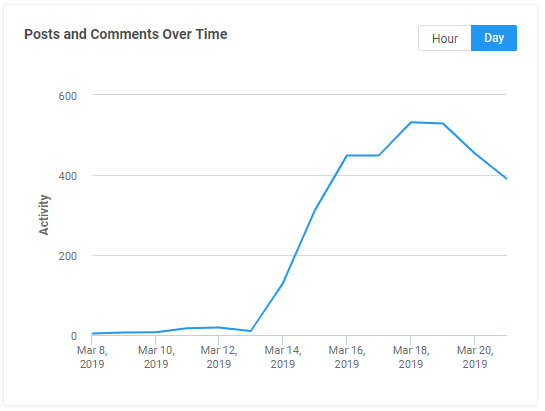
Tip-Off
Although there were no direct mentions of their partnership from the NCAA March Madness account and very little discussion of the Bracket Challenge before Selection Sunday, Capital One began their social campaign for the tournament as brackets opened on selection Sunday.
It’s almost tourney time, which means our brackets aren’t busted yet 😏! Fill yours out! #FanGoals
— Capital One (@CapitalOne) March 17, 2019
The Playbook – Social Driven Strategies
Getting Loud – Real Time Engagement
Early in our analysis, we saw engagement from the Capital One Twitter account. They interacted with occasional comments about different parts of the campaign, from the brackets to their tv commercials. This is something brands can learn from as many often fall short on fully leveraging engagement during campaigns to drive maximum activity and increase reach. These interactions, which are an unexpected surprise to the tweet author, are a nice way of rewarding fans on social for engaging with the campaign and encouraging others to join the conversation.
How you're feeling when March rolls up. #FanGoals pic.twitter.com/Q29k9aXEyK
— Capital One (@CapitalOne) March 18, 2019
Branded Hashtags
In all of these interactions, we noticed a common hashtag, #FanGoals, which Capital One consistently used in their replies. We discovered over 216 uses of the hashtag in tweets from the brand, replies, and RTs by fans. As the Tournament neared, they also started incorporating the hashtag #Chuckmojis, which aligned with aspects of their campaign and a set of gif stickers they had created. The utilization of campaign unique hashtags like this helps increase awareness of certain campaign-related terms and allows the brand to “tag” interactions they have with followers.
#MarchMadness is back! You know how that makes us feel? 😄🎉 #FanGoals #Chuckmojis pic.twitter.com/ZrAhb1n9SW
— Capital One (@CapitalOne) March 21, 2019
Engaging The Fans – Content
This year’s ads showcased a star-studded lineup including Samuel Jackson, Spike Lee, Charles Barkley, Jim Nantz, Larry Bird, and more. The brand’s agency, DDB, created gifs and stickers featuring clips from the ads, and the actors, that could be used on social in posts and to engage with people talking about the campaign.
This type of content typically resonates extremely well on social and helps give brands a fun voice that people may associate with the company. The full collection of gif content for the campaign, created by the company’s agency DDB, can be seen on the CapitalOne’s Giphy channel.
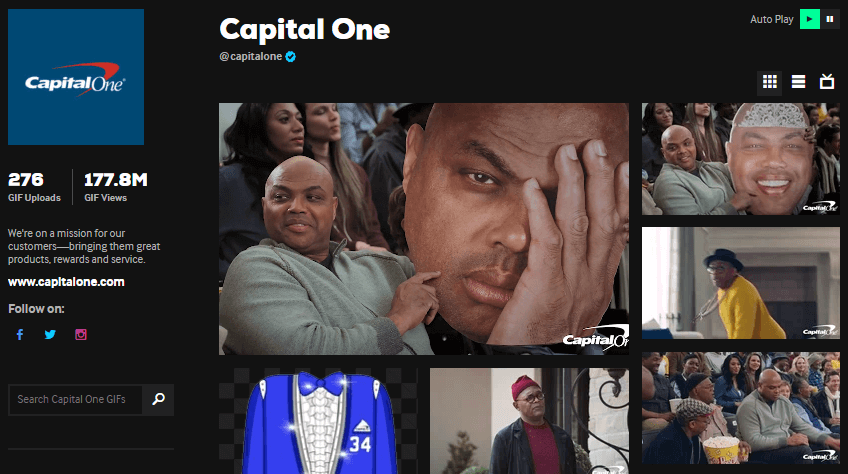
The channel has over 40 different pieces of content related to the campaign, which vary for use in different interactions and moments during the tournament by the brand’s social team.
Couldn't agree more, Jack. #FanGoals pic.twitter.com/WSnv9ajwed
— Capital One (@CapitalOne) March 18, 2019
This helps increase the potential reach of the campaign because the Gifs are available as gifs in both Instagram and Snapchat, letting people add them to their stories as they post about the tournament. Finally, they also sponsored a Snapchat filter the first day of the tournament, in an attempt to reach fans on the platform.
Filling the Stands
We also identified a number of Tweets tagging the brand with similar copy and quickly realized it was from the fans sharing their bracket completion on social. A tweet would be auto-populated with the participants pick to win the tournament, as well a link to the official bracket.
I know very little about NCAA Basketball! Here's my bracket.
— Tas Melas (@TasMelas) March 18, 2019
I picked Duke to go all the way in the @CapitalOne @NCAA #MarchMadness Bracket Challenge https://t.co/TBy4ho2fMS
While analyzing the campaign, we identified over 1.1K of these tweets created during the period that brackets were open. This auto-share feature on the bracket submission page was a classic strategic move to exponentially increase the awareness and exposure of both the bracket and the brand’s involvement.
Leveraging social like this can certainly increase participation due to the nature of social media, but it’s difficult to evaluate the value to the brand for this type of autogenerated branding.
The Crowd – Audience Insights
Capital One is a frequent sponsor in the world of sports. From the Capital One Arena to the Capital One Orange Bowl, the company’s presence is often felt at different events. The March Madness Tournament is no different, and we wanted to understand how the audience of the campaign compared to their typical audience.
We found a slight difference in the generational audience engaging with the campaign. Millennials made up a slightly lower percentage than usual, giving up ground to a slightly higher percentage of Gen-X and Baby boomers.
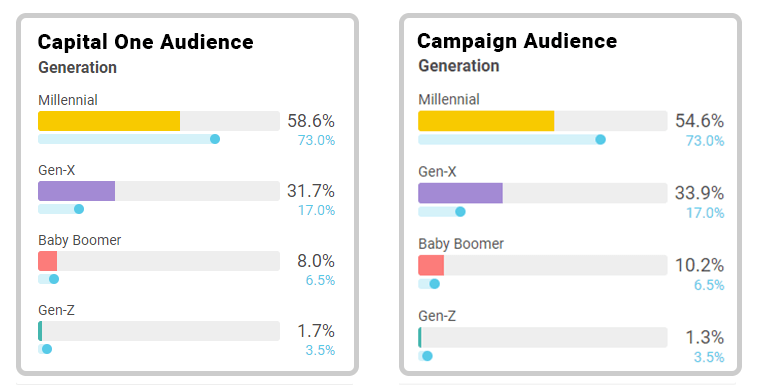
We found that the geographic location of the campaign’s audience significantly over-indexed in three new areas including; Arizona, North Carolina, and Minnesota. All three of these locations have teams in the bracket, which would explain why the higher representation in the campaign’s audience.

One final insight we found when comparing the campaign’s audience with Capital One’s typical audience was that people interacting with the conversation were 2.5 times more likely to be interested in “Blogging and Vlogging” style content than the US Baseline. Higher interest in these types of content indicates a preference in media format focused on storytelling and should continue to be considered when developing content and campaigns in the future.

The Final Score
Based on the insights we discovered from Capital One’s March Madness campaign, here are a few final thoughts for brands taking part in sponsorship campaigns, to help get the most out of your marketing dollars.
- Properly define the metrics being used to evaluate the successfulness of the campaign. Would tweet mentions autogenerated through a social share count as brand awareness or fan love?
- Ensure your social playbook is ready. Make sure to have a plan for how your team can interact with people talking about the campaign. Whether it’s custom funny gifs or personalized copy, have a rough plan, so in the moment, it’s easy to scale engagement and hopefully grow the conversation.
- Make inherently social creative. Develop content that will resonate, but also inspire people to EASILY share with others. Creating gifs that align with a campaign and uploading them to a public Giphy account so people posting stories on Snapchat & Instagram can access them is a perfect example of this mindset.
- Use custom #Hashtags to tag posts, comments, and replies within the conversation around a campaign, and increase awareness and utilization of a hashtag. If the conversation experiences any viral lift, the hashtag’s potential to trend could be higher if your brand has consistently used it while engaging with followers.




